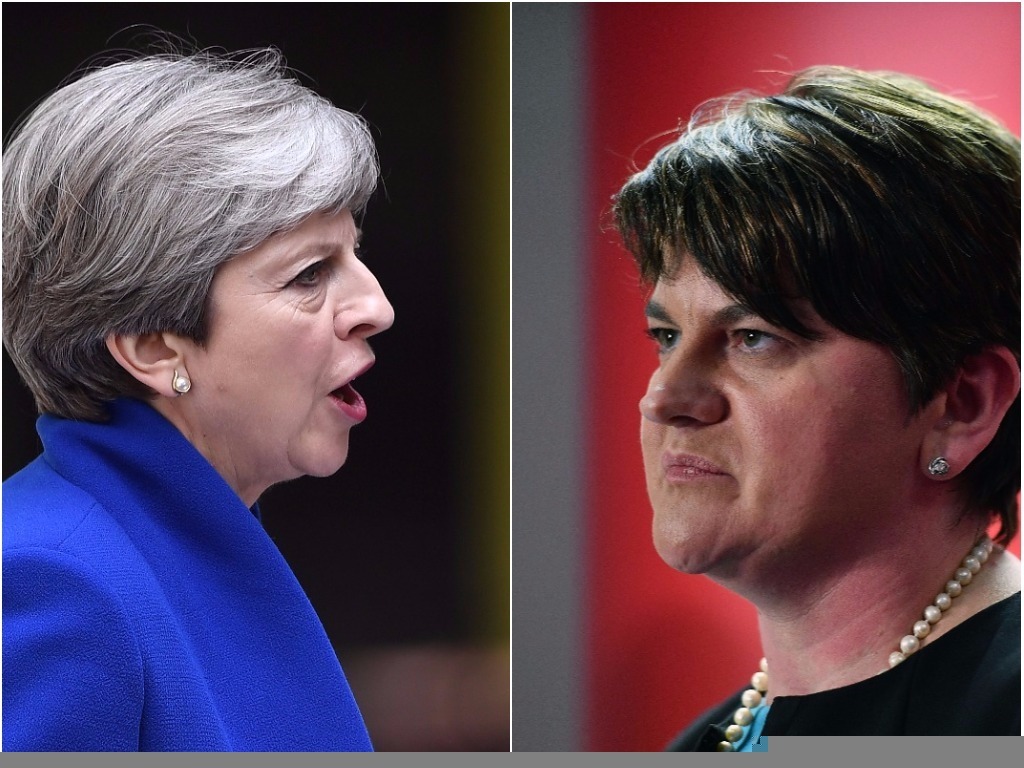
Technical solutions are possible to avoid placing infrastructure on the Irish border after Brexit, a committee of MPs said.
A highly sophisticated “world first” would be necessary to achieve such a system during a 21-month transition period after an orderly exit, the Westminster inquiry found.
It could include a mobile phone identification system enabling remote ID checking as well as a previously suggested trusted trader scheme, expert evidence to the Government scrutiny body said.
The Northern Ireland Affairs Committee also called on UK and EU negotiators to agree on a definition of a hard border.
Chairman Andrew Murrison said: “My committee took good evidence to suggest that technical and systems-based solutions to ensure the border looks and feels as it does today are do-able but they require trust and goodwill.”
Unless something changes, the UK is set to exit the EU without a deal later this month.
Avoiding a hard border and resolving the dispute over the “backstop” insurance policy keeping Northern Ireland in line with EU regulations if no other trade solution is found is the key sticking point in reaching agreement before March 29.
The committee published its report on Saturday.
It took evidence from the former director of capacity building at the World Customs Organisation, Lars Karlsson, on proposals for managing the flow of goods on the island of Ireland.
Mr Karlsson said all the separate elements which make up the proposal “have been tested somewhere in the world just not in one single border” and the border in Northern Ireland would be “the first and a leading example in the world of this kind.”
His proposal included:
– A bilateral EU-UK agreement on advanced customs cooperation;
– Mutual recognition of trusted traders;
– A technical agreement on exchange of customs risk data;
– An identification system by the border using either the mobile phone network or radio frequency identification to check goods or driver ID without leaving the vehicle;
– A digital single entry point for traders addressing import and export matters;
– Creation of a unique consignment reference number;
– A simplified electronic customs declaration system;
– Mobile control and inspection units;
– Border surveillance using automated number plate recognition and CCTV.
Mr Murrison said: “Time is running out to reach common ground.
“There should be no attempt to use the border as a lever or as a way of securing political advantage.
“Mistrust over the backstop protocol has been heightened by lack of clarity on what exactly constitutes a ‘hard border.’
“My committee is calling for clarification of the term in a legally explicit way to ensure both parties share the same understanding of how the backstop can be avoided.”

Enjoy the convenience of having The Sunday Post delivered as a digital ePaper straight to your smartphone, tablet or computer.
Subscribe for only £5.49 a month and enjoy all the benefits of the printed paper as a digital replica.
Subscribe